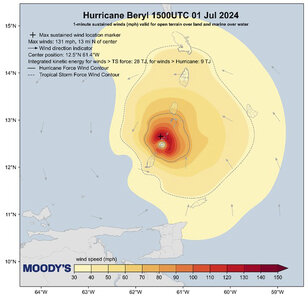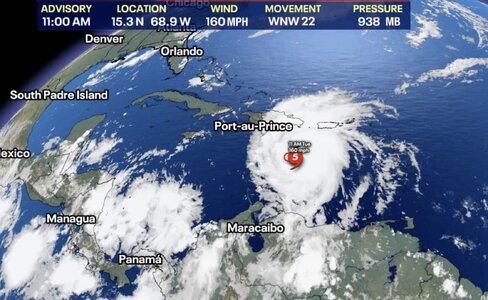John Farley
Supporter
Beryl has to be getting up there compared to other hurricanes in the number of tornadoes it produced. Now up to 29 in the Shreveport, LA CWA alone. And cumulatively many others in the Houston, Little Rock, Paducah, and Buffalo CWAs, among others. Not sure what the total is but I would be shocked if it is less than 40, probably more, and there are still surveys ongoing in some areas.


